
Metal buildings offer many advantages to homeowners, including energy-efficient designs and open floor plans. One of the few drawbacks is the noise of a metal roof or exterior. When rain, heavy snow, or hail hits the outside of your metal building, you may struggle to sleep or enjoy the comfort of your home.
Soundproofing a metal building can provide peace and quiet. It also drowns out other noises, such as traffic or neighbors playing outdoors. Use the following tips on how to soundproof a metal building to get started.
Page Contents
How to Soundproof a Metal Building by Choosing the Right Soundproofing Material
Soundproofing is typically achieved by adding a sound-absorbent or reflective layer of material to the walls, ceiling, or floors of the room. The most common materials include:
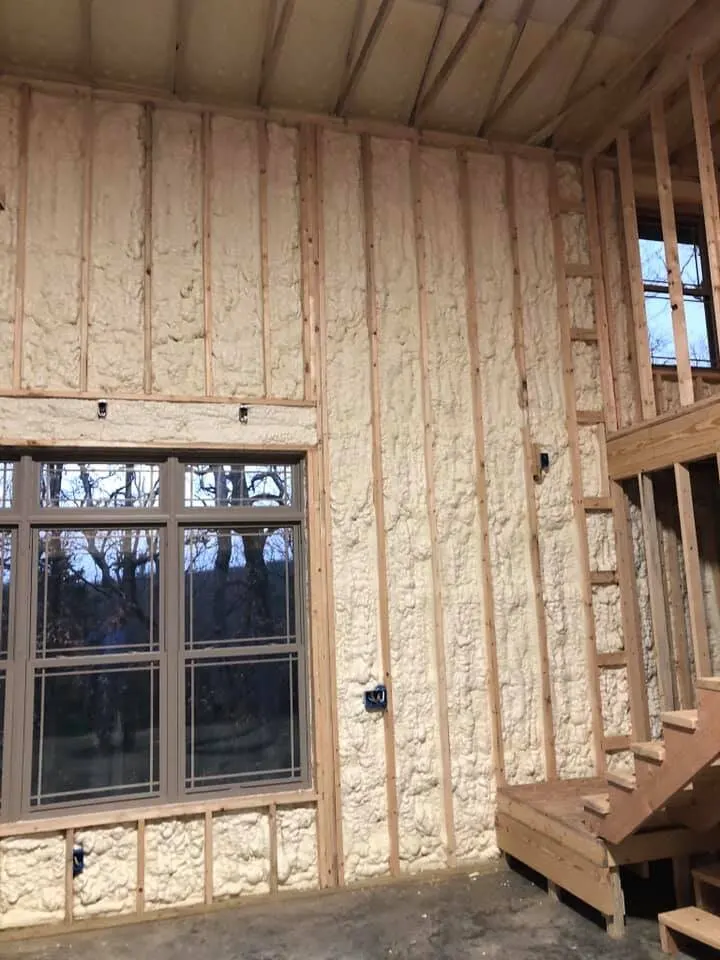
- Insulation
- Vinyl sound barriers
- Acoustic tiles
- Sound-absorbing blankets
- Acoustic floor tiles
- Soundproof underlayment
- Acoustic window inserts
- Acoustic caulk
Most people start with the walls. Soundproofing the walls can limit outside noise from reaching the inside of your metal building, which is useful when living near a major road or highway. Adding soundproofing material to the ceiling is also useful when living in a metal building. A soundproof ceiling limits the noise of rain and hail hitting the metal roof.
Here is a closer look at each option on how to soundproof a metal building:
Foam or Fiberglass Insulation
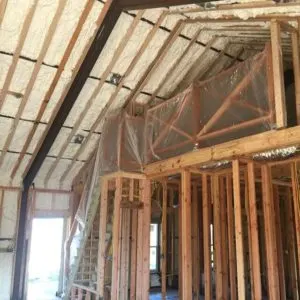
Foam and fiberglass insulation have sound-absorbent properties, making them suitable for moderate soundproofing. You can also use spray foam designed specifically for reducing noise. Spray foam insulation is a good choice for existing walls or soundproofing between levels of the metal building. It can be sprayed into the wall cavities through a small hole. The foam expands to fill every crevice and crack, which also helps with heating and cooling.
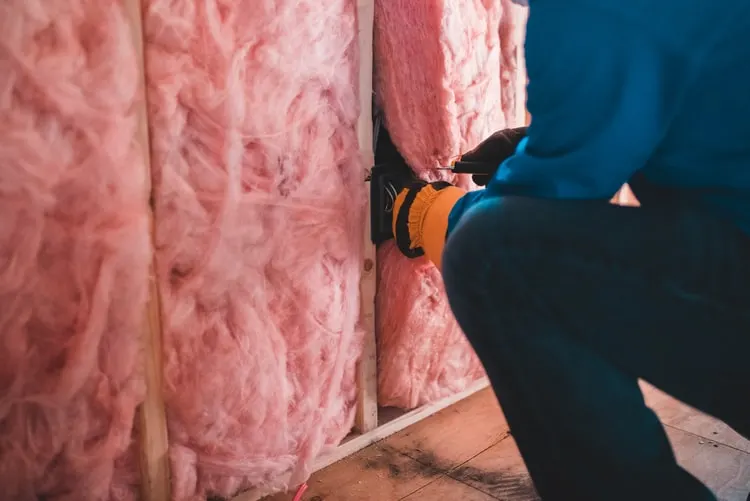
Fiberglass insulation also helps absorb sound due to the fibrous materials. It is suitable for soundproofing almost any area, including walls, ceilings, and flooring. Fiberglass insulation is typically sold in rolls of batting. Each roll is about 16 inches wide, designed to fit the space between standard wall studs. The posts used for a post-frame metal building are spaced 8 to 12 feet apart.
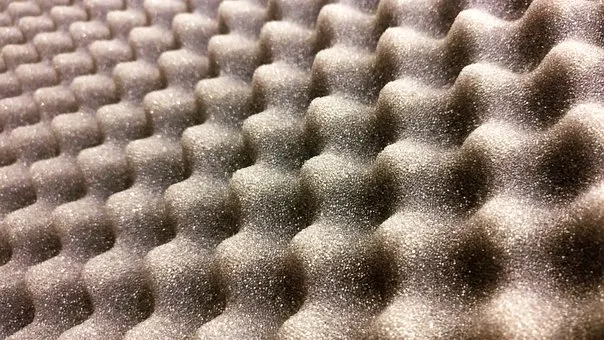
Instead of securing multiple rolls of fiberglass insulation in the wall cavities, many people choose to use fiberglass board or foam board insulation. You can even double the insulation by adding a foam board first followed by a fiberglass board. Instead of 16 inches wide, the boards are often 4 feet wide and 8 feet tall.
Vinyl Sound Barriers
Vinyl sound barriers reflect sound, which can improve the acoustics inside your house while blocking outside noise. Unlike the previous options, vinyl sound barriers are not installed inside the wall cavities.
The material has a high density that helps block sound. You can also add a vinyl sound barrier to any wall or ceiling. Vinyl barriers are often sold in four-foot-wide rolls.
Due to the weight of the vinyl barrier, you need to secure the material to the frame of the wall or ceiling. Unfortunately, the spacing between posts makes this difficult. To securely install vinyl barriers, you may need to build a frame against the wall or ceiling using furring strips. Furring strips are 1×3-inch strips of wood. The vinyl material is nailed to the strips and then covered in sheets of lightweight drywall.
Acoustic Tiles and Foam Panels
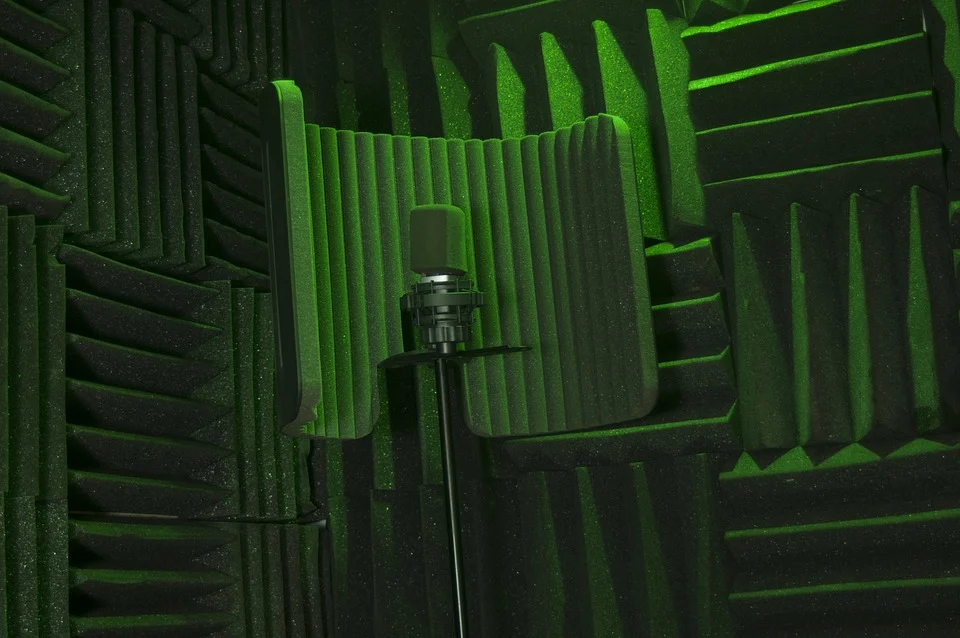
There is a wide range of acoustic tiles and panels for soundproofing. Panels provide more coverage for a large space but if you only need to soundproof a small area, tiles may save you money. No matter which option you choose, it is important to measure the space that you plan to cover. Leaving a gap between tiles or panels may limit their effectiveness.

Most acoustic tiles and panels are not aesthetically pleasing. They often have an eggshell design and come in black or grey colors. If you want to maintain an attractive interior, look for acoustic tiles with fashionable designs, such as hexagonal tiles that come in various colors.
Acoustic tiles and foam panels are typically installed over existing walls. However, it is possible to install foam panels inside wall cavities. If the panels are going to be placed inside the walls, they should contain fire-retardant materials.
Sound-Absorbing Blankets
Sound-absorbing blankets provide the easiest solution for soundproofing a metal building. However, this method is one of the least effective and unattractive. Acoustic blankets are often available in dull, drab colors, including various shades of grey, black, and brown. The blankets can be nailed to the walls or ceilings. This is also a temporary solution as you can easily remove the blankets at any time.
Soundproofing the Flooring
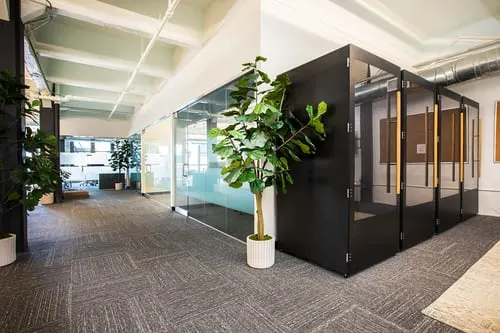
If you want to keep sound from traveling between floors of a multi-story home, you may also need soundproofing material on the floor. The most common solutions include acoustic floor tiles and soundproof underlayment.
Acoustic floor tiles are the most efficient option as you can install them over the subfloor, concrete floor, or hardwood floor. You can even add acoustic floor tiles over your old vinyl or laminate flooring if you choose.
A soundproof underlayment is useful for those who want to use a specific flooring material. For example, you can place soundproof underlayment below vinyl flooring, laminate flooring, hardwood floors, or carpet. As the underlayment is beneath the flooring, it remains hidden after installation.
Acoustic blankets may also help block sound from traveling between floors. After soundproofing your walls, lay several sound-absorbing blankets across the floor for increased sound absorption.
How to Keep Sound from Escaping Through Cracks
When you soundproof a metal building wall, ceiling, and floors, it can create a strong sound barrier. However, you may still hear sounds through the windows, the corners of the walls, and other areas that the insulation or soundproofing material cannot reach.
One solution is to install acoustic window inserts. The inserts include a wood or vinyl frame with an acoustic window panel that fits over the existing window to create an airtight seal. Window inserts come in a variety of standard sizes. However, you may need to order custom inserts to fit odd-sized windows.
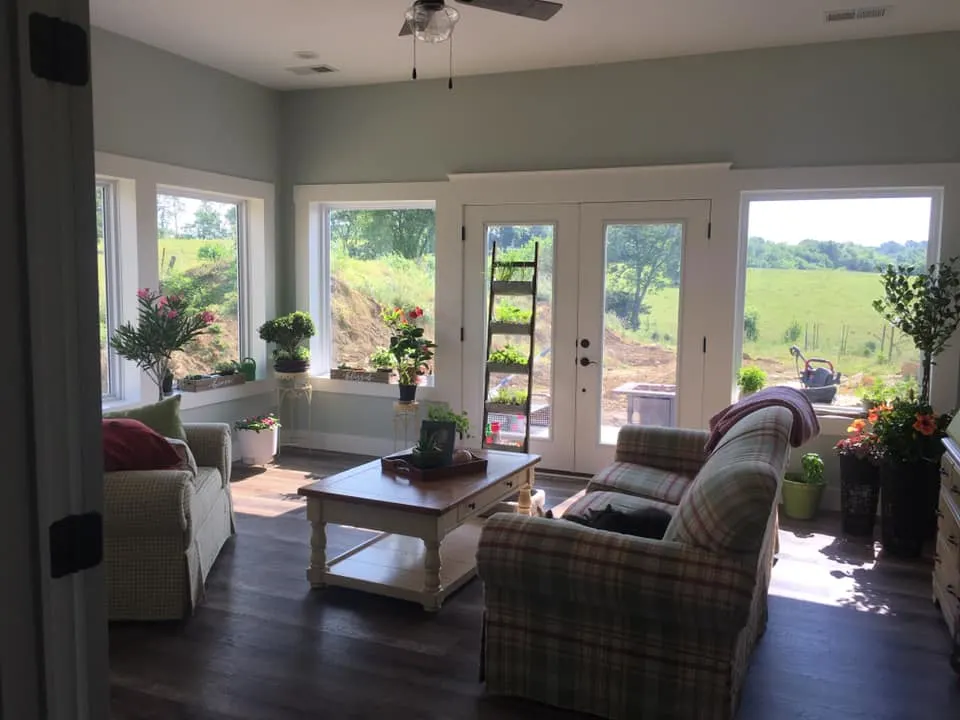
Along with windows, doors may allow sound to escape or enter. Adding a perimeter seal can help create a soundproof barrier around the edges of a new or existing door. The seals are often made from heavy-duty aluminum and silicone and are trimmed to fit the doorway.
For areas that you cannot reach with other soundproofing materials, consider using acoustic caulk. You can soundproof the edges of window frames, plumbing, and fixtures. The caulk can also be used to create a better seal when installing vinyl sound barriers.
Other soundproofing materials include acoustic tape, adhesive, primer, and sealant. These materials are often used to create a better seal when installing other soundproofing products, such as an underlayment or vinyl barrier.
Last Thoughts on Soundproofing a Metal Building
If you have not yet built your metal building, consider using foam or fiberglass insulation to absorb more sound. You can also ensure that windows and fittings are sealed using acoustic caulk and add soundproof underlayment below the flooring of your choice.
For those with an existing metal building, focus on the soundproofing methods that offer the best results with minimal renovations. Adding acoustic tiles requires less effort compared to removing existing flooring to add an underlayment. Foam insulation is also easy to apply inside finished walls.
Along with these suggestions, you may want to focus on the problem areas. Isolate the parts of the house that need soundproofing the most to avoid adding soundproof material in every room.
Gail currently spends her free time geeking out about what’s new and trending in the world of barndominiums.
She is the former executive editor of BarndominiumLife.com and loves working with the team and members of the barndominium community. She now contributes to the blog on occasion, but only when she feels like it!
